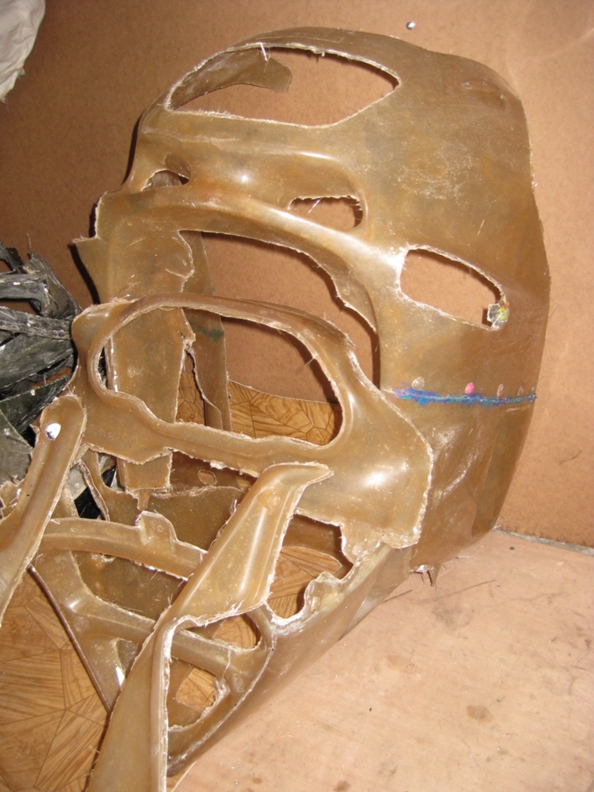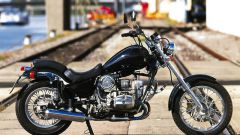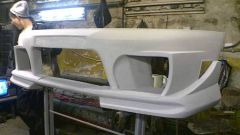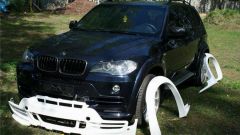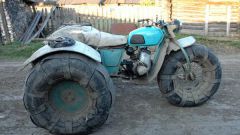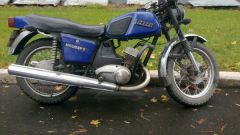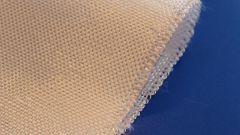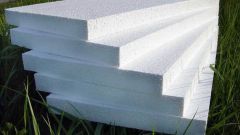You will need
- Foam. A tool for cutting. The PVA glue.
- Metal pipes for the frame. Welder. Fasteners.
- Fiberglass. Epoxy resin. Thin mesh to strengthen.
Instruction
1
First and foremost, take the blank form from foam. Disc manufacture stacked several foam plates, glued with white glue (not "Time"). Disc run in closed condition, i.e., without any holes (e.g. for lights).
2
Plan and execute the framework for the future of the fairing. Form-blank will help you think through and precisely adjust the size of the frame for the future of the fairing. On the frame provide mounting brackets to the frame (if the fairing is fixed) or to the front fork (for movable fairing). The framework itself will perform the appropriate pipes.
3
After cutting the shape-blank try on the motorcycle. If the final future shape of the fairing will satisfy, smoothen the surface of the mold and finish with putty. Purchase two-component polyester putty. This putty dries quickly and can be easily processed with a file and sandpaper.
4
Before the production of the fairing apply the form separating layer of paraffin dissolved in gasoline. Soak the fiberglass in epoxy resin in a ratio of 1:1. Impregnation technology at home: on a sheet of plexiglass or linoleum floors, put a piece of fiberglass, it is a thin layer apply the epoxy. Then wait a few minutes. Use a thin fiberglass in several layers. Epoxy resin mixed with a plasticizer and filler (aluminium powder).
5
Stick the fiberglass on the form is blank in several layers. Layers lay without bubbles. After gluing 2 mm thick lay a thin mesh to strengthen the fairing. Then apply another 2 mm layer. The attachment of the fairing to the frame to additionally reinforce the grid.
6
After thorough drying, remove the foam form-disc. Get obligately to the frame and grind. Install on the bike. If the result of the work turned out is satisfactory, remove it down for the final finishing appearance and color.
Useful advice
Epoxy resin is toxic. It actually spent in a well-ventilated area.
